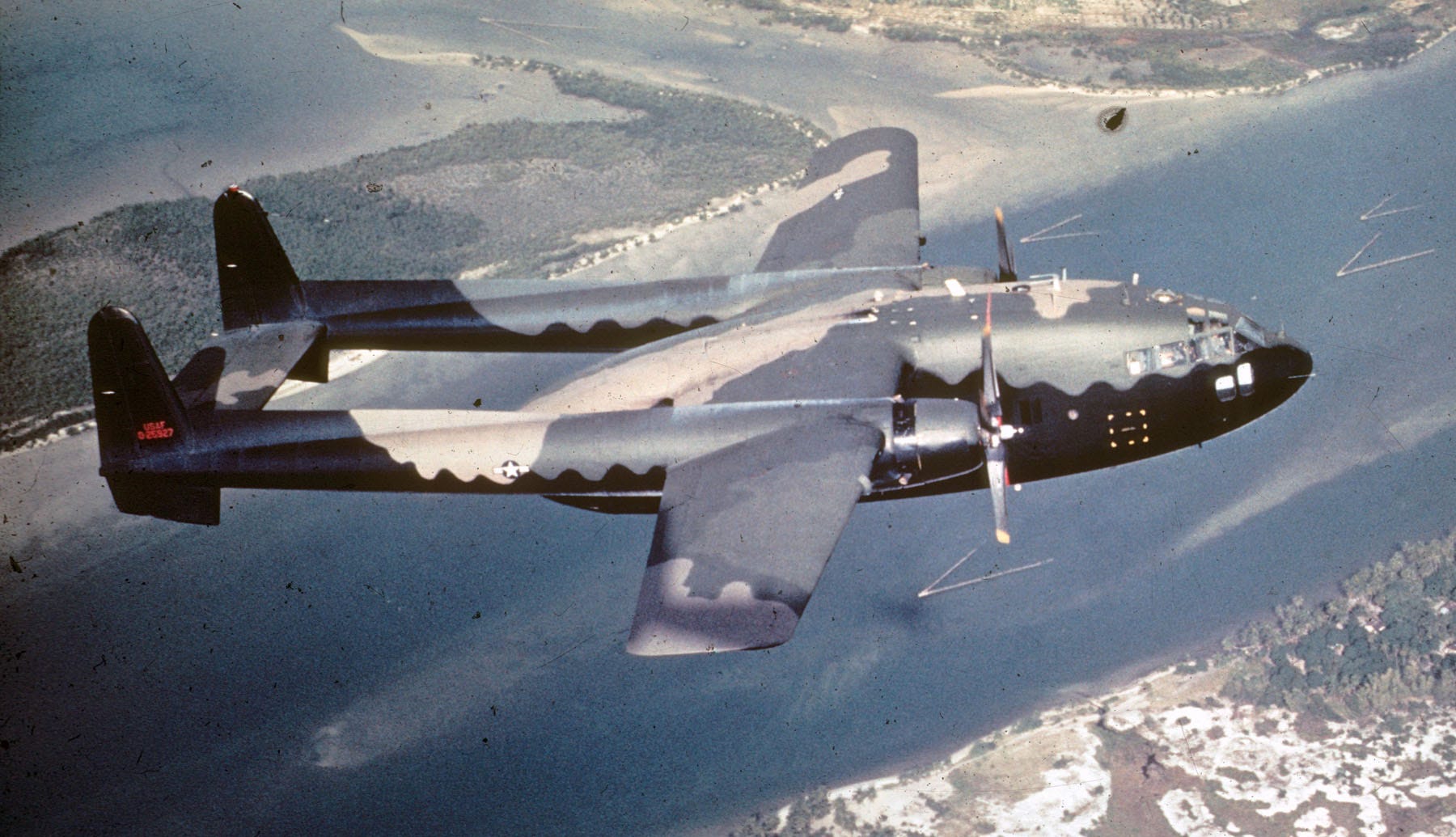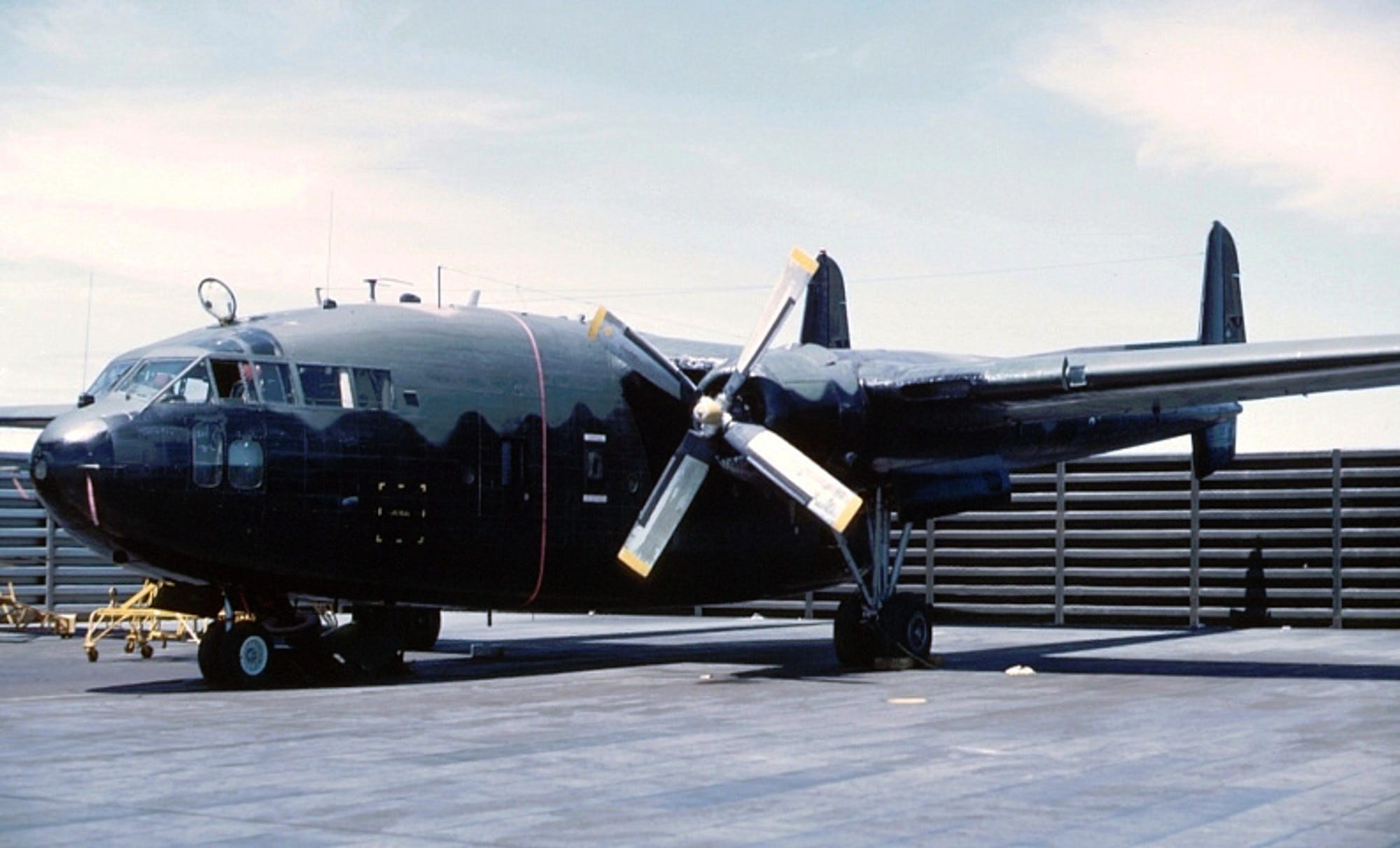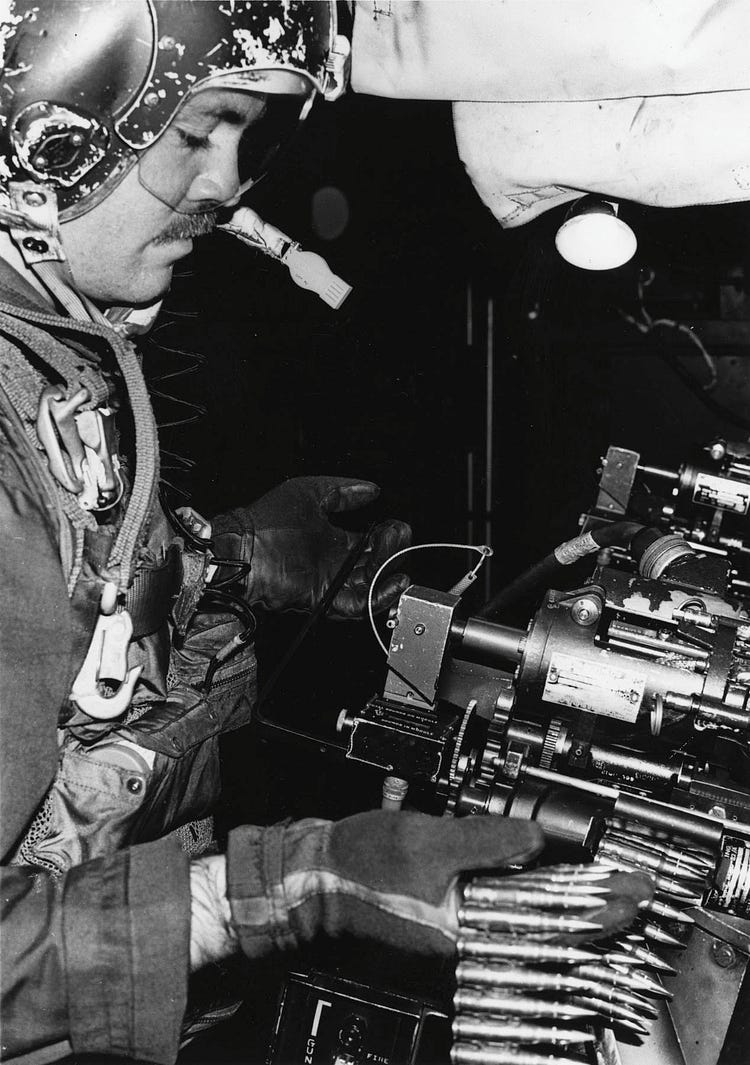JOSEPH TREVITHICK
 In October 1970, American AC-119G Shadow gunships headed out to strike communist insurgents in South Vietnam and Cambodia. This time, the portly aircraft had a surprise — fast-firing miniguns loaded with specially-made incendiary bullets.
In October 1970, American AC-119G Shadow gunships headed out to strike communist insurgents in South Vietnam and Cambodia. This time, the portly aircraft had a surprise — fast-firing miniguns loaded with specially-made incendiary bullets.
More than a year earlier, the U.S. Air Force went looking for ways to quickly add extra firepower to the already heavily armed planes. In 1969, the U.S. Army responded by modifying World War II-era rounds.
The new projectiles were “very good to ignite dry or inflammable material,” one AC-119 pilot said after the field test, according to a 1971 Air Force report. “Recommend we use as standard load.”
Unfortunately, the Army found that the whole exercise had been complicated, expensive and potentially dangerous.
In 1964, the Air Force sent the first gunships — modified World War II vintage C-47 transports — into combat in South Vietnam. Four years later, the flying branch still wasn’t convinced the unique planes were truly worthwhile.
However, American troops on the ground loved the aircraft for their ability to loiter over the battlefield for long periods of time, dishing out damage.
So, by January 1969, the Air Force found itself flying three different types of gunships, including the AC-119. Aircraft maker Fairchild turned more than 50 C-119 transports into combat-ready attackers.
The twin-engine planes came in two flavors. The G model had four 7.62-millimeter miniguns pointing out the left side, while the K version had those weapons along with two 20-millimeter cannons. Both had infrared spotlights, night vision sights and other then state-of-the-art sensors.
 The Air Force bought the lighter-armed Gs to replace the aging AC-47s. The planes primarily flew around South Vietnam supporting ground troops.
The Air Force bought the lighter-armed Gs to replace the aging AC-47s. The planes primarily flew around South Vietnam supporting ground troops.
When American soldiers invaded Cambodia in June 1970, the gunships followed them. But after more than a year of combat, crews were starting to notice a number of significant problems.
Most importantly, the small miniguns simply weren’t powerful enough to blast anything beyond troops in the open. The guns spit out thousands of bullets per minute, but the rounds couldn’t break through vehicles, bunkers or even dense foliage, depending on the circumstances.
“The AC-119G’s 7.62mm ball ammunition proved fairly effective … until the [Viet Cong] armored their sampans,” the Air Force noted in the 1971 review. The report described the armored watercraft and similarly reinforced vehicles as “invulnerable” to the Shadow’s guns.
On top of that, communist guerrillas kept fielding more and more anti-aircraft guns. To keep out of crosshairs, gunships mainly flew missions at night. Crews flew higher to try and avoid enemy fire.
Pilots found it increasingly difficult to figure out where the small bullets were landing. As a result, gunners couldn’t adjust their aim to hit intended targets.
Enter the Army and its stockpiles of obsolete ammunition.
At the request of the Air Force, in June 1969, engineers at Frankford Arsenal set to work cooking up new ammunition that could solve these problems. At that time, neither service had armor-piercing, incendiary rounds — aka API — that would work in a minigun.
To speed up the process, the weaponeers settled on a novel idea. They would simply yank the bullets out of old World War II .30-caliber ammunition and stick them into 7.62-millimeter cartridge cases.
The M-14 cartridge had a dense metal core and a tip full of fire-starting mixture. The Army originally built the ammunition to take out warplanes.
After some slight tweaking, Frankford Arsenal put together 200,000 new projectiles. The engineers assembled another 20,000 rounds using incendiary bullets without the armor-breaking center.
The Air Force made sure the new ammunition worked in miniguns and rushed it off to Vietnam. In October 1970, AC-119G crews put it to the test.
Compared to the regular ammunition, the crews reported the new bullets were better in almost every way. Beyond just being more destructive, the new projectiles “sparkled” on impact, making them much easier to see in the dark.
“Is excellent for noting impact area as opposed to regular 7. 62mm,” a Shadow pilot told evaluators. “Should be a standard load.”
Observers “reported the API knocked the entire front wall out of a house,” another flier said. “Excellent, get more.”
At the same time, the Army was compiling more data and discovering serious defects in the rebuild rounds. In 1975, Frankford Arsenal issued a final reporton the project. Despite being very similar in size and shape, the .30-caliber projectiles simply didn’t work right in 7.62-millimeter barrels. The bullets wouldn’t fly straight and often tumbled end over end in flight.
When blasting a whole area from the air, these problems didn’t necessarily matter. However, the Army or the Air Force weren’t particularly thrilled by this lack of accuracy.
More worrisome, age had not been kind to the projectiles. In one experiment, two bullets burst open as they left the barrel. Thankfully, the incendiary mixture only made a bright flash and didn’t light anything on fire. Still, with big holes in front, the busted rounds quickly slowed down and bounced off the test screen.
Engineers discovered the waterproof sealant that kept the flaming-producing mixture inside the bullet was breaking down. A close inspection of 50 sample rounds found more than half had leaks.
Frankford Arsenal brushed aside the issue, declaring the “leakers” wouldn’t cause any problems as long as the Air Force didn’t store the rounds “under humid conditions for long periods of time,” according to the report.
Just one complication— much of Southeast Asia is notably humid throughout much of the year.
Army technicians concluded the bullets were just fine “when fired in the minigun under specific conditions.” Unfortunately, overall, the rebuilt rounds were an “unsuitable design” for routine combat.
The engineers recommended starting an all-new development program. The Air Force ultimately decided the cost of building the specialized ammunition was too high.
By 1972, the Pentagon had gifted most of the AC-119s to the South Vietnamese Air Force. The Air Force sent many of the older AC-47s to other American allies in Southeast Asia and Latin America.
Of the remaining AC-130s, only the earliest versions had miniguns. Crews almost universally left the small guns off during combat missions in favor of heavier, longer-range cannons.
On the ground, the Army had no need for small, incendiary bullets, either. While the Pentagon eventually bought 7.62-millimeter armor-piercing rounds, no American service today has fire-starting rounds in that caliber.

No comments:
Post a Comment